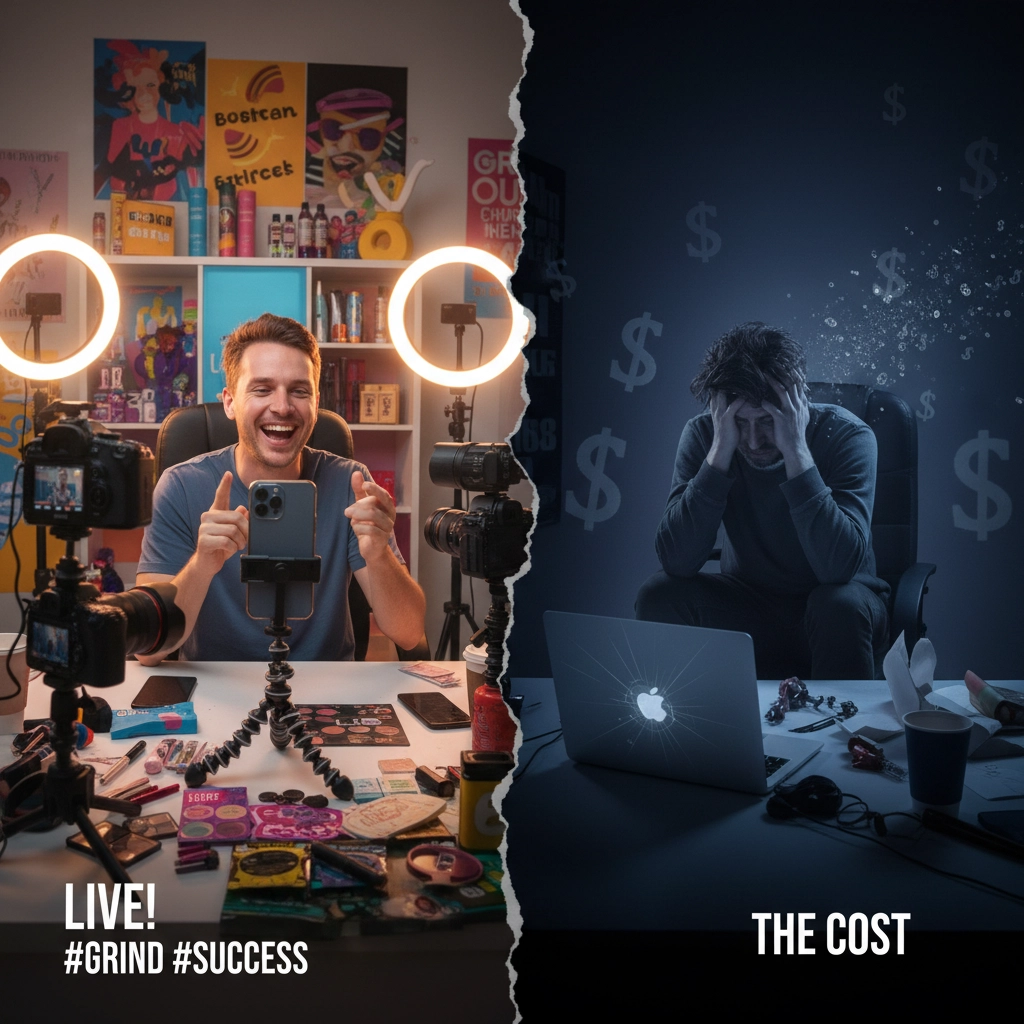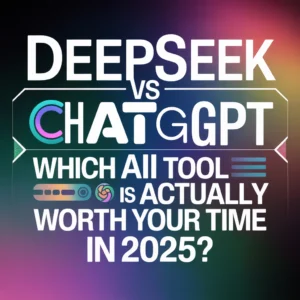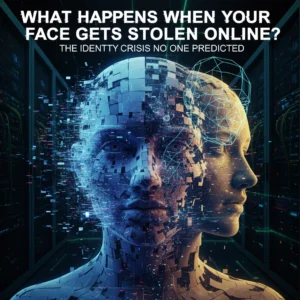Ever wonder why some random TikTok gets 50 million views while your carefully crafted content gets 12 likes? Here's the thing social media "gurus" won't tell you: going viral isn't about luck, and it's definitely not about following their expensive courses.
The truth is way more uncomfortable than they want you to know.
The Real Psychology Behind Viral Content
Forget everything you've heard about "viral formulas." The actual science is both simpler and more complex than any course will teach you.
It's all about emotions, but not the ones you think. Research shows that content triggering high-arousal emotions: awe, anger, amusement, or fear: spreads like wildfire. But here's what experts conveniently leave out: negative emotions often perform better than positive ones.
That wholesome family video? Might get a few thousand shares. That controversial hot take that makes people angry? That's hitting millions.

The New York Times studied why people share content and found five core reasons:
- Bringing value to others (94% of sharers)
- Defining their identity (68%)
- Growing relationships (78%)
- Feeling more involved in the world
- Supporting causes they care about
Every share is basically someone saying "this is who I am." That's why relatability beats perfection every single time.
Simplicity is your secret weapon. Complex messages die in the algorithm. Your brain processes simple content faster, shares it easier, and remembers it longer. Those viral memes that seem "dumb"? They're actually genius in their simplicity.
The Dark Side No One Talks About
Here's where social media experts get real quiet. Going viral isn't all brand deals and fame. There's an ugly truth they'd rather you not know about.
The harassment is real and it's brutal. When millions of eyes are on you, not all of them are friendly. Viral creators face doxxing, death threats, and people digging into their personal lives. That cute dance video could lead to strangers showing up at your workplace.
Sarah, a teacher from Ohio, learned this the hard way. Her innocent classroom TikTok went viral with 3.2 million views. Within 48 hours, she was getting hundreds of nasty comments about her appearance, people calling her school to complain, and someone found her home address. She deleted her account and still gets recognized in public six months later.
Safety becomes a serious concern. Viral fame means strangers know your face, your voice, maybe your location. They'll search for your family, your job, your address. The bigger you get, the bigger the target on your back becomes.

The pressure to keep pushing boundaries is intense. Once you taste viral success, the algorithm demands more. Creators find themselves taking bigger risks, saying more controversial things, or doing increasingly dangerous stunts just to maintain relevance.
Remember when "challenges" used to be fun? Now they're literally sending kids to hospitals.
What Actually Works (and What Doesn't)
Let's get practical. Here's what the data actually shows works for viral content:
Micro-influencers beat mega-influencers every time. Those accounts with 10,000 engaged followers often outperform celebrities with millions. Why? Trust. People believe recommendations from someone who feels like a real person, not a walking billboard.
Social listening is your superpower. Stop guessing what's trending and start monitoring conversations. Tools like Google Trends, Twitter's trending topics, and even Reddit's front page show you what people actually care about right now.
Interactive content wins. Polls, challenges, "comment if you agree" posts: anything that makes people participate instead of just scroll. The algorithm loves engagement, and engagement loves interaction.
Here's what doesn't work (despite what courses tell you):
• Posting at "optimal times" (the algorithm decides, not the clock)
• Using every trending hashtag (looks desperate, kills reach)
• Crossposting identical content everywhere (each platform is different)
• Being overly promotional (people smell sales pitches from miles away)
• Chasing every single trend (authenticity beats trend-hopping)

The billion-view secret isn't a secret at all. It's understanding that viral content taps into universal human experiences. Fear of missing out. The need to belong. The desire to feel smart or funny or relevant.
The Uncomfortable Truth About Going Viral
Here's what social media experts really don't want you to know: most viral creators don't make much money from their viral moments.
That video with 10 million views? Might earn $500. Those brand deals everyone assumes follow? They're rare, short-lived, and often not worth the privacy you lose.
The real money is in building a sustainable audience, not chasing viral moments. But "build slowly and authentically over time" doesn't sell $997 courses, does it?
Going viral often kills accounts. The algorithm shows your content to people who don't usually engage with your niche. They don't follow, don't engage with future content, and actually hurt your reach long-term. Many creators see their engagement rates tank after going viral.
The platforms profit from your viral content more than you do. They get the ad revenue, the user data, the engagement metrics to sell to advertisers. You get… attention. Which expires faster than milk.

The mental health cost is real. Sudden fame, even internet fame, messes with your head. Creators report anxiety, depression, and imposter syndrome after viral success. The comments section becomes your new reality, and that reality is often harsh.
Most viral creators disappear within months. Remember that person who went viral last year? Probably not. The internet's attention span is measured in days, not years.
Think about this: if going viral was really the golden ticket experts claim it is, wouldn't they be spending their time creating viral content instead of selling courses about it?
The real question isn't how to go viral: it's whether you actually want to. Because once you know what viral success really costs, you might decide that building something sustainable is worth more than those fleeting millions of views.
What would you choose: one viral moment that fades, or a smaller audience that actually cares about what you create?







